Reporter (PV):
Colonel Pham Van Yen: To carry out the task of marching and parading, the female Information officer block was established, consisting of 128 female soldiers (104 official comrades, 24 reserve comrades) and 43 comrades as managers, teachers, and service staff.
The mission implementation process consists of 4 phases. In phase 1 and 2, the unit is arranged to eat and stay at Brigade 134 to practice and participate in cluster training at National Training Center 4. In phase 3 and 4, the unit is arranged to eat and stay at Engineer Brigade 25 (Military Region 7) to practice and carry out official tasks in Ho Chi Minh City.
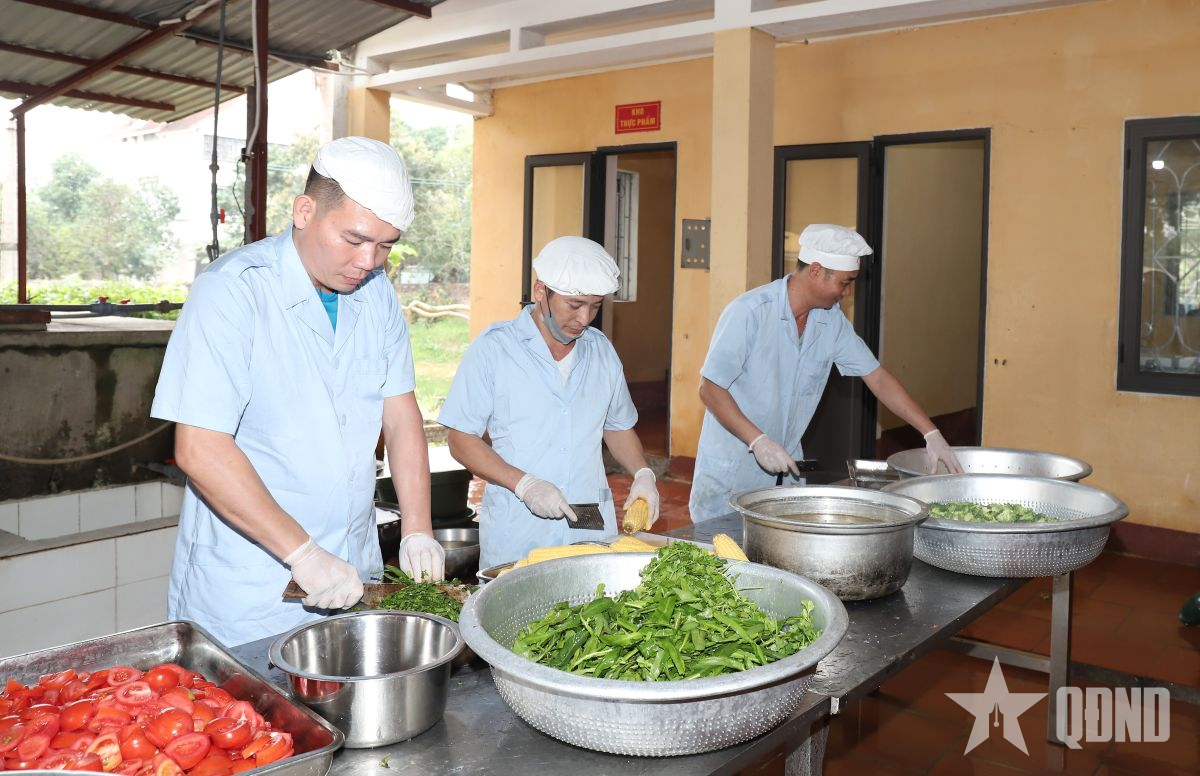 |
| Logistics forces prepare food to serve training soldiers at Brigade 134. |
To ensure logistics for the unit to carry out its tasks, we determined that the basic advantage is always receiving the attention and direction of the head of the General Department of Logistics and Engineering and the leadership and direction of the Party Committee and the head of the Military Service.
In addition, the TTLL Corps has experience in ensuring logistics for female Information officers to train, participate in parades and marches in the 40th Anniversary of the Liberation of the South and National Reunification (2015). However, because the subjects of assurance are female soldiers, ensuring living conditions has certain characteristics. The intensity of training also places high demands on nutrition and health care.
During the mission, forces must be mobilized to many different locations. Along with that, regional weather conditions are different: Phase 1, 2, in the North, the weather is cold, high humidity, easy to cause epidemics; Phase 3, 4, the weather in the Southern provinces is forecasted to be extremely hot, greatly affecting the health of soldiers.
PV:
Colonel Pham Van Yen: To ensure good logistics for the task force, the Logistics - Technical Department established a logistics steering group and maintained a logistics on-duty team, whose daily task is to summarize the logistics situation and report according to regulations.
For the direct support force, the Corps established a service unit consisting of 30 comrades with a high sense of responsibility and good professional qualifications, whose tasks are to ensure food, living, health care and force mobility. Among them, there is a medical team (including 1 doctor, 2 nurses), a cooking team (including 1 quartermaster assistant, 1 kitchen manager and 15 military feeders), ensuring the unit during the entire mission. As for the driving team, in phases 1 and 2, 10 drivers and vehicles from Brigades 134, 139, 205 were used; in phases 3 and 4, the Corps deployed drivers and vehicles from the Information Officer School and Brigades 132 and 596.
To ensure good living conditions for the unit, in phases 1 and 2, the Logistics and Technical Department inspected and directed Brigade 134 to review, balance, consolidate, repair, and purchase additional equipment, tools, and instruments to ensure the best living conditions for the troops. In phases 3 and 4, the Logistics and Technical Department directed Brigade 596 to inspect, receive, and prepare to ensure good living conditions for the unit at Engineer Brigade 25 (Military Region 7).
Regarding food security, based on the prescribed standards, the unit has built a meal structure divided into 5 meals/day, in addition to the 3 basic meals of breakfast, lunch, and dinner, there are also 2 snacks in the middle of the morning and afternoon. The weekly menu is built to ensure adequate nutrition, a variety of dishes, and suitability to weather conditions and training intensity.
Main meals increase the use of nutritious foods such as: beef, goat meat, pigeon, sturgeon, catfish, eel... high-quality fruits. Snacks use fresh milk, cakes... The Department directs Brigade 134 and Brigade 596 to sign contracts to supply food and foodstuffs with reputable establishments, licensed to do business in accordance with regulations and instructions of the Quartermaster Department. Hygiene procedures in all stages of receiving, preserving, processing, and distributing meals are carried out in accordance with regulations. The unit coordinates with the Mobile Preventive Medicine Team of the Military Preventive Medicine Institute and the Southern Military Preventive Medicine Institute to regularly check the quality of water sources and food.
Along with that, the Quartermaster Department provided enough training uniforms for the troops according to each person's standards: 2 sets of field uniforms, 1 soft hat, 1 composite hat, badges, uniform rank insignia; 1 pair of gaiters; 1 pair of high-top canvas shoes and other necessary common military uniforms. For the military uniforms used in the celebration, the Logistics - Technical Department coordinated with businesses to register for measurements and tailoring for each comrade, and distributed them promptly, ensuring that the unit could carry out its tasks.
PV:
Colonel Pham Van Yen: Right from the stage of preparing to establish the unit, the Logistics - Technical Department coordinated with Military Hospital 105 to conduct health screenings, select female soldiers with health type 1, type 2, and no underlying diseases. Organize additional training for the medical force on skills in using medical supplies and equipment, first aid methods, and how to use emergency tents for heatstroke and sunstroke.
Along with that, the Logistics - Technical Department directed Brigade 134 to coordinate with local medical facilities; Brigade 596 to coordinate with forces of Military Hospital 175 , Military Region 7 Medical Corps and medical staff of districts in Ho Chi Minh City to conduct epidemiological reconnaissance and deploy epidemic prevention measures. Units organized spraying of disinfectants and insecticides in residential and living areas; ensured bottled saline for each individual to use to prevent and control epidemics.
Every day, the medical team checks and monitors the health of soldiers before, during and after training, detects early cases of fatigue and illness for timely treatment; organizes health checks twice a day, at 5-6am and 8-9pm; proactively advises and proposes to the unit commander to adjust training time to suit weather conditions. During the training process, the medical team closely monitors, prepares sufficient means (ambulance), medicine, supplies, and regular medical equipment, deploys two emergency tents for heatstroke, ready to handle any situation.
When participating in joint training, preliminary rehearsals, general rehearsals and performing official tasks, the medical team will contact and coordinate with the mobile medical emergency team reinforced by the Organizing Committee to be ready to organize treatment and transportation. In Ho Chi Minh City, in case of injury or illness, the medical team will coordinate to provide emergency treatment and transport the patient to Military Hospital 7A (Military Region 7) or Military Hospital 175 according to the Organizing Committee's plan.
PV:
Colonel Pham Van Yen: To ensure the safety of the mobile force, according to the plan, the Logistics - Technical Department consulted with the Corps Command to mobilize 5 29-seat Huyndai County vehicles. In addition, there is 1 guide vehicle, 1 ambulance, 1 command vehicle, and 1 1.25-ton truck to transport training materials. The mobilized vehicles are inspected, maintained, and guaranteed to be in good technical condition.
The drivers selected are comrades with a high sense of responsibility; good driving skills and qualifications, a good understanding of the Law on Road Traffic Safety and Order; and a lot of experience driving in marching formations and in complex traffic conditions. The drivers participated in training organized by the Department of Motor Vehicles - Transport (General Department of Logistics - Engineering).
In addition, the Department directed the Department of Motorcycles and Transport to coordinate with the Department of Military Training (General Staff) and relevant agencies and units to grasp the force mobilization plan; disseminate, thoroughly understand, and assign specific tasks so that the driving force can perform well the assigned tasks, ensuring absolute safety for people and vehicles during the mobilization process.
Through inspections by the head of the General Department of Logistics and Engineering, the unit was assessed to have ensured good logistics for the female Information officers to carry out their duties.
PV:
HOANG HIEN (performed)
* Readers are invited to visit the National Defense and Security section to see related news and articles.Source: https://www.qdnd.vn/quoc-phong-an-ninh/xay-dung-quan-doi/bao-dam-tot-hau-can-cho-khoi-nu-si-quan-thong-tin-thuc-hien-nhiem-vu-dieu-binh-dieu-hanh-826309



![[Photo] Party and State leaders visit former President Tran Duc Luong](https://vphoto.vietnam.vn/thumb/1200x675/vietnam/resource/IMAGE/2025/5/24/960db9b19102400e8df68d5a6caadcf6)




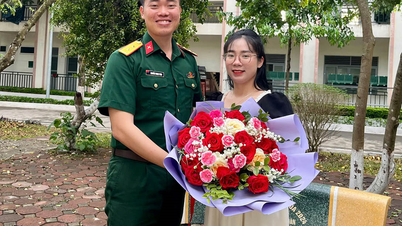
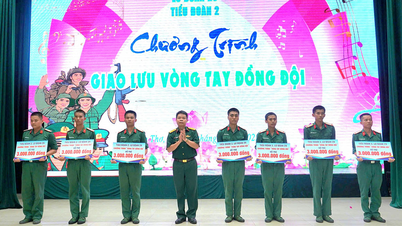
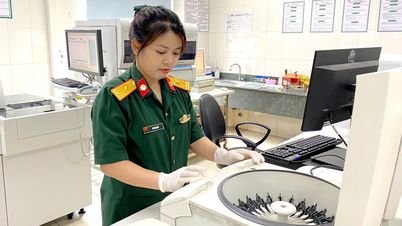
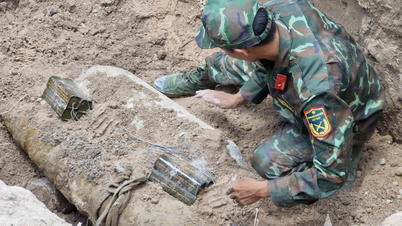
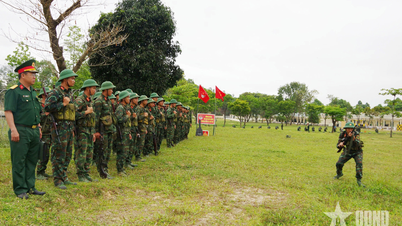
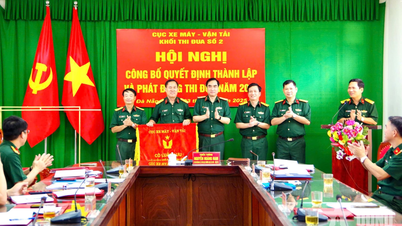





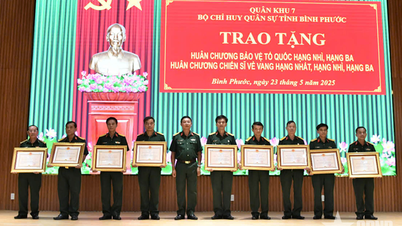
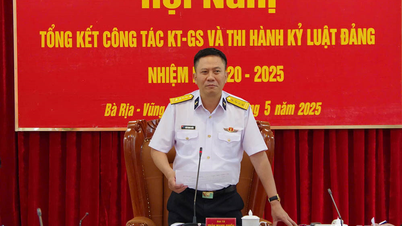
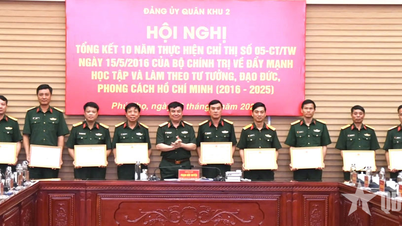
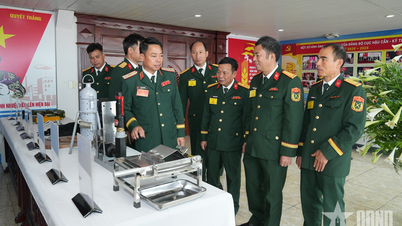
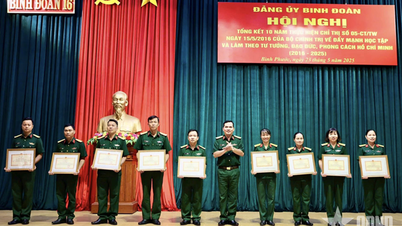
![[Photo] Anh Hoang - Dinh Duc successfully defended the men's doubles championship of the National Table Tennis Championship of Nhan Dan Newspaper](https://vphoto.vietnam.vn/thumb/1200x675/vietnam/resource/IMAGE/2025/5/23/d6ab3bcac02c49928b38c729d795cac6)
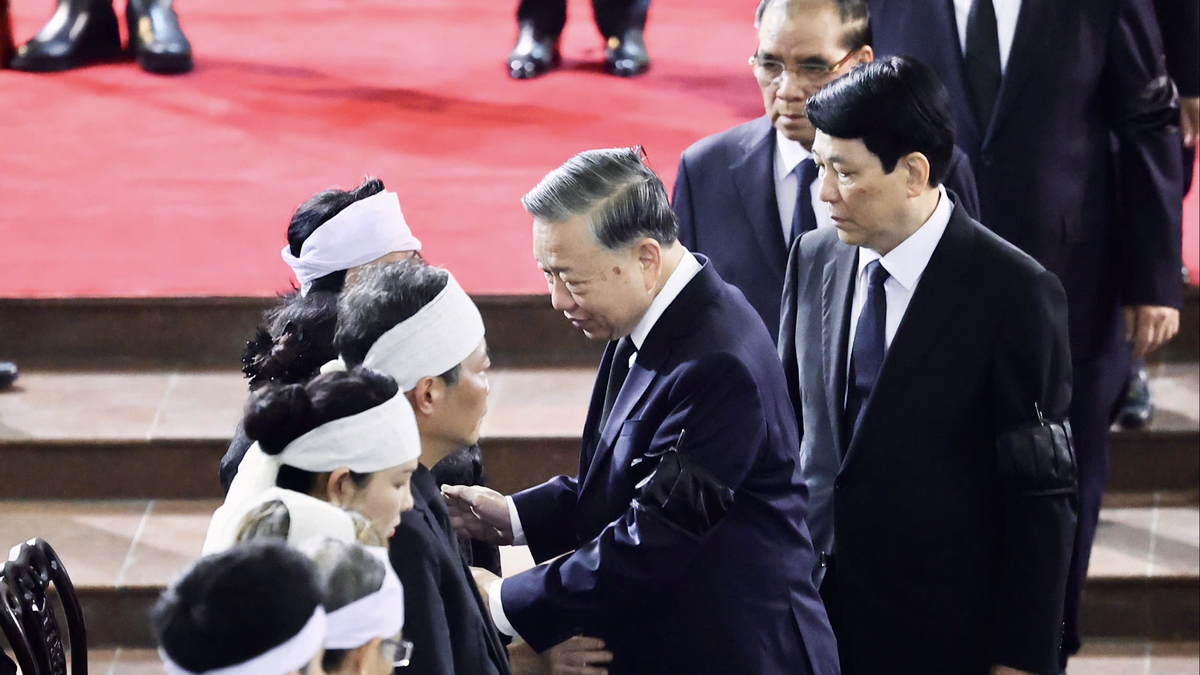





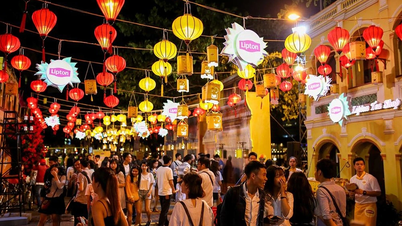

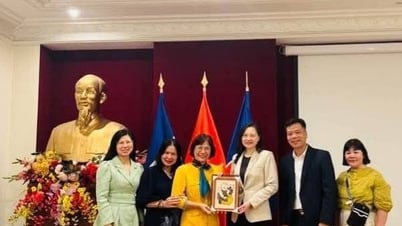

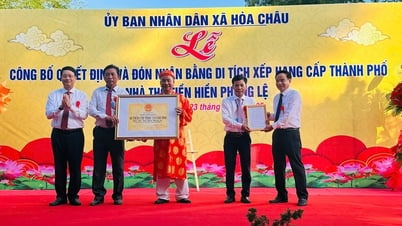























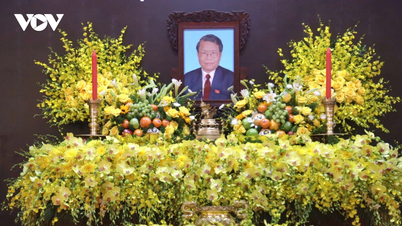
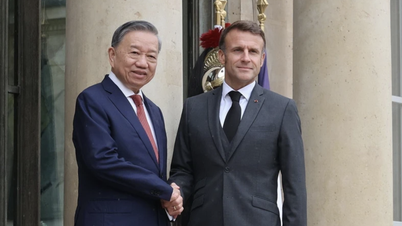

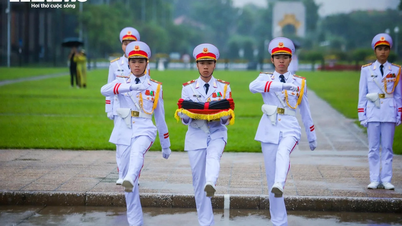



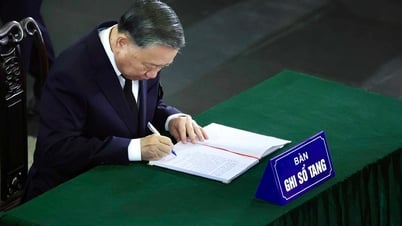









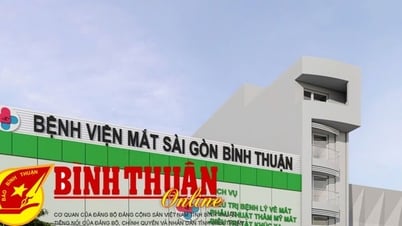

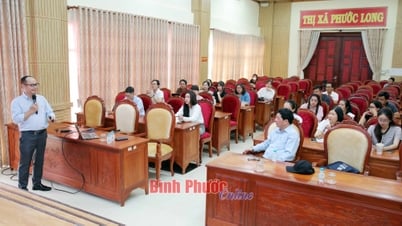

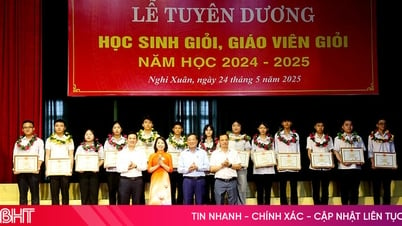

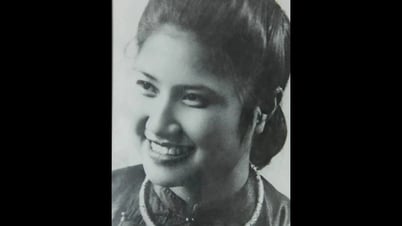

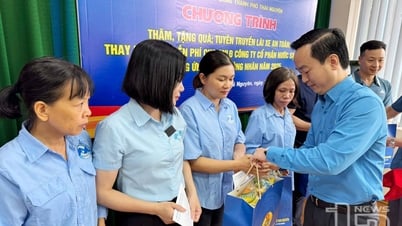

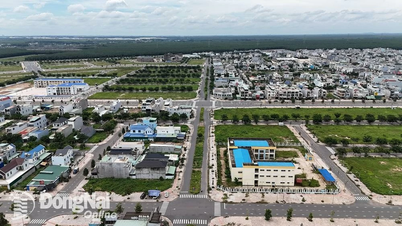












Comment (0)